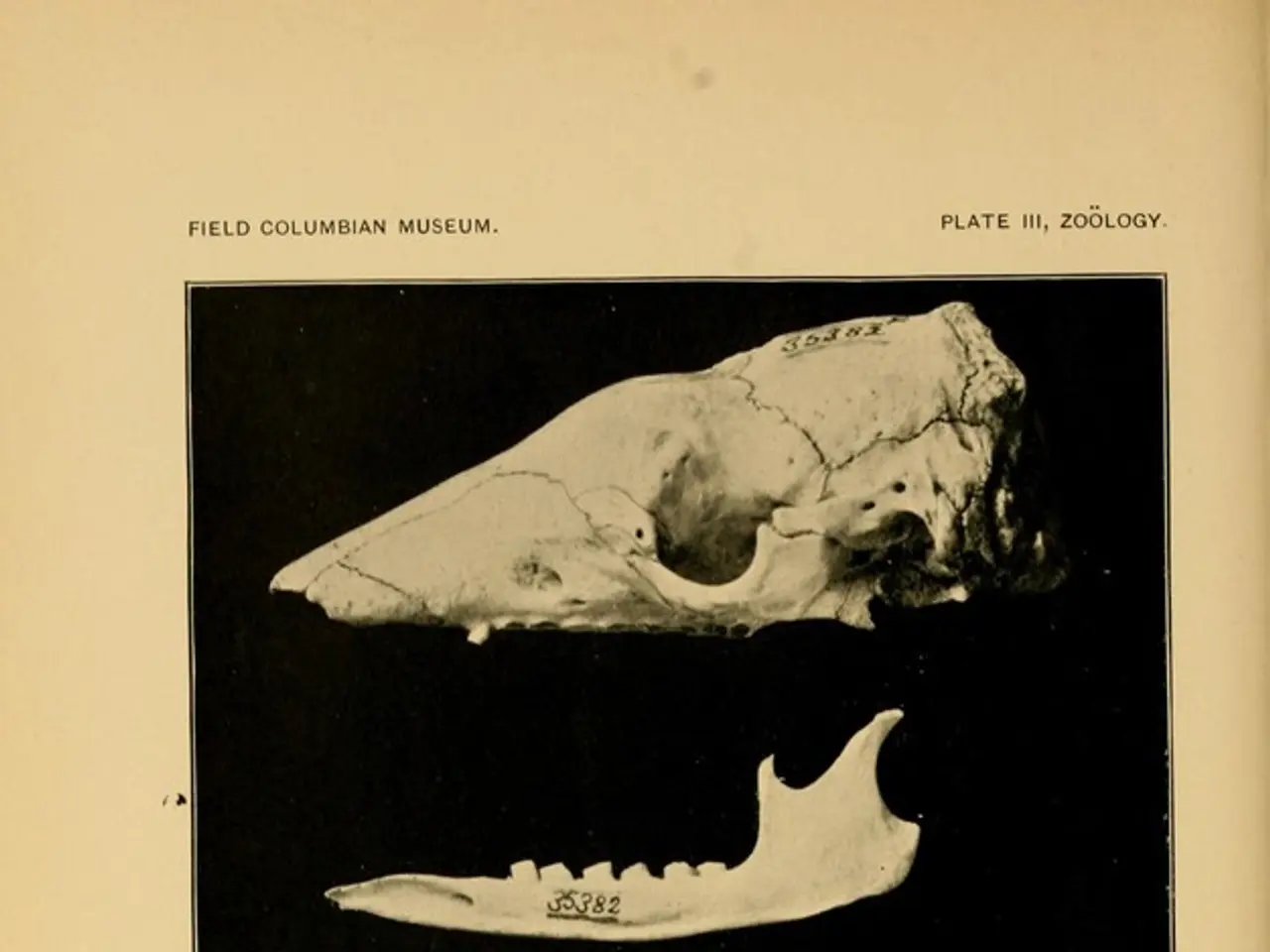Complications of osteoarthritis: Experiencing pain, weight increase, and additional issues
Osteoarthritis (OA) is a chronic joint condition that affects millions worldwide. Caused by wear and tear on joints, leading to cartilage breakdown, OA often affects the knees, hands, lower back, hips, and neck.
While OA has no cure, there are effective treatment approaches that can help manage symptoms and improve quality of life. Pain and stiffness are the main symptoms of OA, resulting from inflammation. However, complications can arise, and understanding the key factors contributing to these complications is essential.
Age and Gender
Increasing age, typically over 50 years, and female gender are associated with a higher risk of OA complications due to progressive cartilage wear and hormonal influences.
Obesity
Excess body weight increases mechanical stress on weight-bearing joints like knees and hips, promoting faster joint degeneration. Additionally, fat tissue produces inflammatory biochemicals that exacerbate joint inflammation, accelerating OA progression and complications such as chronic pain and mobility limitations.
Previous Joint Injuries and Surgical Procedures
Prior trauma or surgeries can alter joint mechanics and stability, causing uneven cartilage wear and increasing OA complication risk.
Joint Deformities and Abnormal Alignment
Congenital or acquired deformities lead to irregular load distribution across joints, resulting in uneven cartilage stress and accelerated deterioration.
Repetitive Joint Use
Occupations or sports involving repetitive joint stress contribute to cumulative cartilage damage, worsening OA symptoms and complications.
Genetic Predisposition
Family history and specific genetic variants play a role in susceptibility to OA and related complications.
Chronic Pain and Functional Decline
Persistent joint pain from cartilage damage leads to reduced mobility, increased risk of falls, and decreased quality of life.
Comorbidities
Conditions like diabetes, often associated with obesity, can complicate OA by impairing wound healing, increasing infection risk, and further limiting joint function.
Inadequate Management or Non-adherence
Failure to maintain a healthy weight, lack of appropriate exercise, or not using orthotics and braces can worsen joint stress and accelerate OA progression.
Psychosocial Factors
Pain perception and coping mechanisms involving psychological and social elements influence the severity of symptoms and outcomes.
These factors interact complexly, affecting the severity and types of OA complications such as chronic pain, reduced joint mobility, increased falls, and surgical intervention need. Effective management targeting weight control, injury prevention, joint protection, and patient education is essential to mitigate complication risks.
It is crucial for everyone with OA to speak with their healthcare team about managing their condition, reducing pain, increasing the possibilities of carrying out physical activities, and improving their overall quality of life.
In addition, physical inactivity caused by OA can result in weight gain due to an impaired body's internal weight management process. People with obesity or higher body mass index (BMI) are at increased risk for high blood pressure, type 2 diabetes, stroke, coronary artery disease, sleep apnea, gallbladder disease, and other health issues.
Joint replacement procedures for OA are safe and effective, most people should expect a joint replacement to last many years and provide an improved quality of life. However, it's essential to discuss the risks and benefits with your healthcare provider before deciding on this option.
In some cases, OA does not worsen but rather stabilises, and with proper management, a good quality of life can be maintained. Remember, knowledge is power, and understanding OA and its complications can help you take control of your health and live a more active, pain-free life.
[1] Arden NK, Solomon DH, Bierma-Zeinstra SM, et al. OARSI recommendations for the management of hip and knee osteoarthritis. Osteoarthritis Cartilage. 2014;22(10):1767–1801. [2] Guermazi A, De Bari C, Bierma-Zeinstra SM, et al. OARSI recommendations for the management of hip and knee osteoarthritis. Part 2: non-pharmacological management. Osteoarthritis Cartilage. 2014;22(10):1802–1811. [3] Guermazi A, De Bari C, Bierma-Zeinstra SM, et al. OARSI recommendations for the management of hip and knee osteoarthritis. Part 1: pharmacological management. Osteoarthritis Cartilage. 2014;22(10):1761–1766. [4] Guermazi A, De Bari C, Bierma-Zeinstra SM, et al. OARSI recommendations for the management of hip and knee osteoarthritis. Part 3: surgical management. Osteoarthritis Cartilage. 2014;22(10):1812–1820. [5] Jordan JM, Loeser RF, Bierma-Zeinstra SM, et al. Osteoarthritis research society international atlas for the grading of structural joint damage and joint space narrowing. Arthritis Rheumatol. 2018;70(11):1921–1936.
- Science continues to develop various therapies and treatments for chronic diseases like OA, arthritis, and chronic kidney disease, as well as mental health conditions and skin care concerns.
- Proper nutrition, particularly weight management, is crucial for maintaining cardiovascular health and reducing the risk of obesity associated with complications such as high blood pressure, type 2 diabetes, and stroke.
- Health-and-wellness programs focusing on nutrition, exercise, stress management, and mental health support can help individuals manage chronic conditions like OA, cancer, and obesity, as well as maintain overall wellbeing.
- In addition to pain and stiffness, OA can lead to mental health issues, such as depression and anxiety, due to the impact on mobility, quality of life, and the psychological challenges of living with a chronic condition.
- Effective treatment strategies for OA often involve a combination of pharmacological interventions, non-pharmacological approaches like physical therapy, and lifestyle modifications, such as weight loss, dietary changes, and stress reduction techniques.
- Management of OA can also include joint replacement procedures, which, while safe and effective, require careful consideration, as they come with risks and benefits that should be discussed with healthcare professionals.
- While genetics play a role in susceptibility to conditions like OA and obesity, lifestyle factors such as exercise, diet, and stress management can still significantly impact disease progression and complications.
- Understanding the complex interactions among age, gender, obesity, joint injuries, deformities, repetitive joint use, genetics, comorbidities, inadequate management, and psychosocial factors is essential for developing effective strategies to prevent and manage OA complications and maintain a good quality of life.




